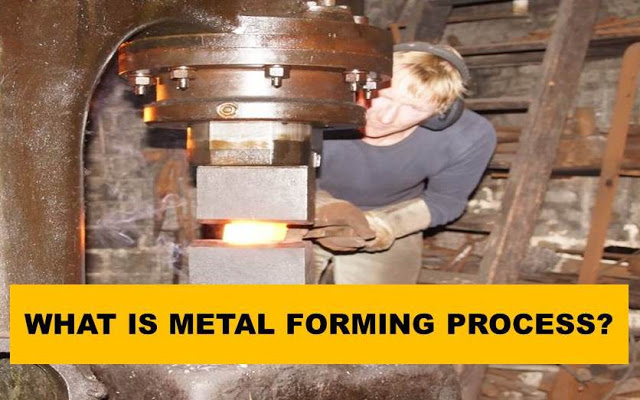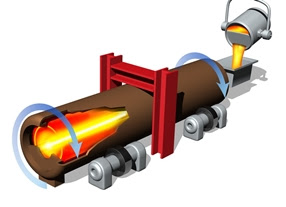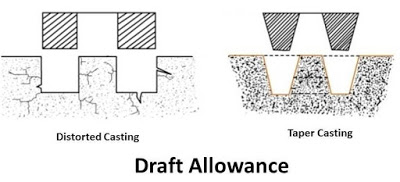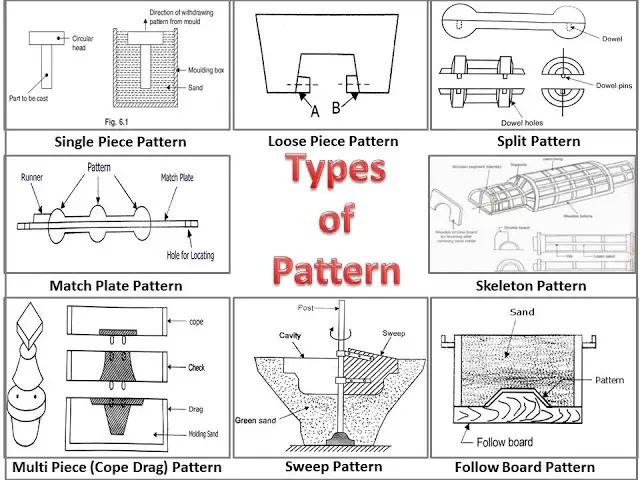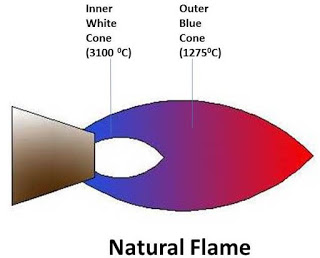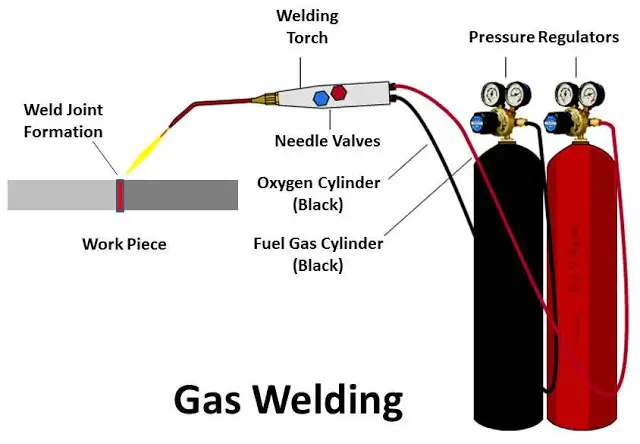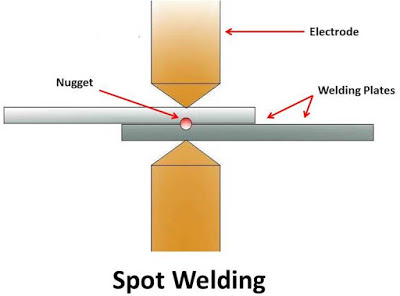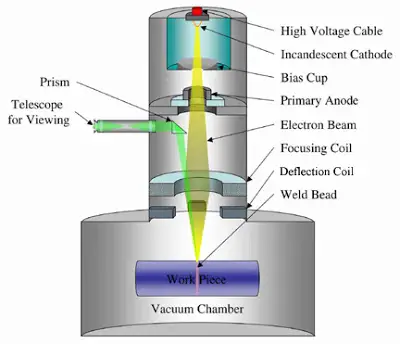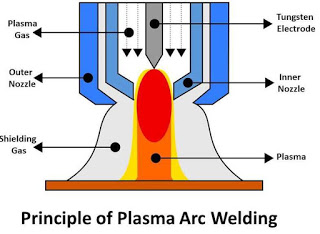What is Metal Forming Process? How Can We Classify it?
Today we will learn about metal forming process, its types, advantages and disadvantages. To convert a work piece into various shapes many manufacturing process are used like casting, machining, forming etc. Metal forming is one of the most useful processes of converting work piece into desire shape. Metal forming depends on yield strength of material. …
What is Metal Forming Process? How Can We Classify it? Read More »

